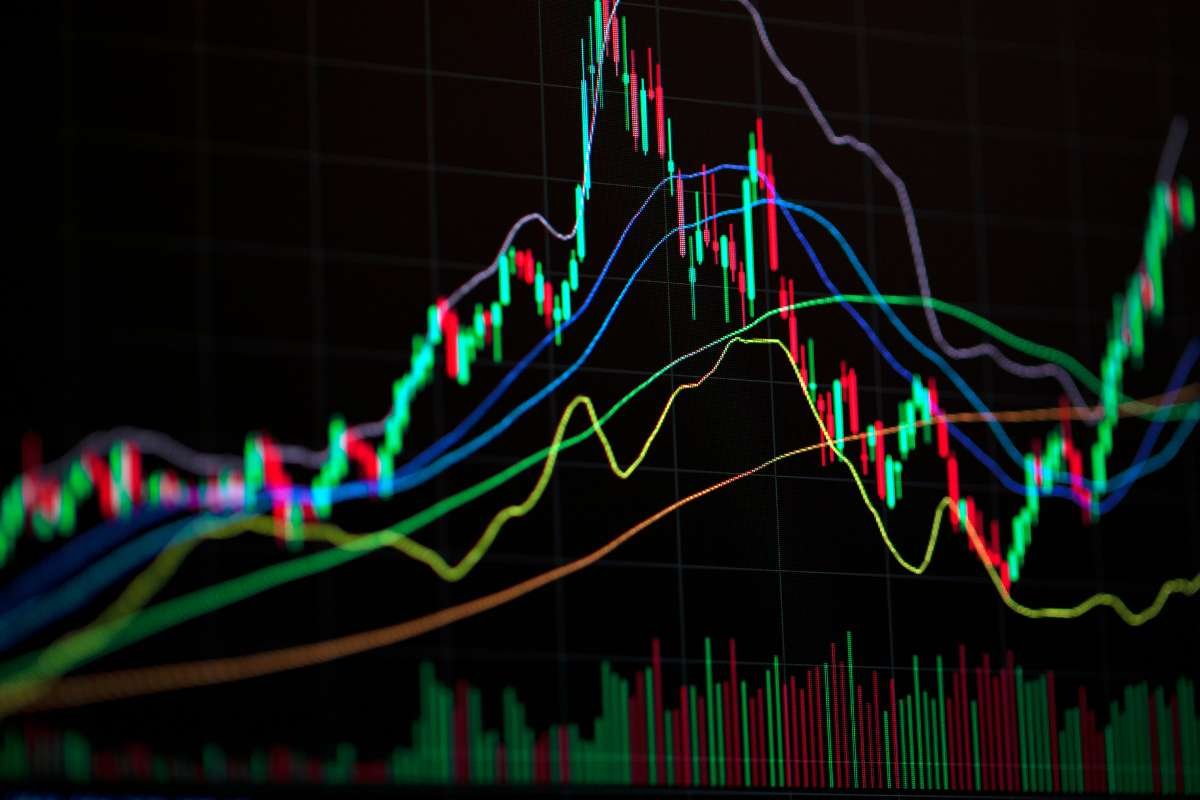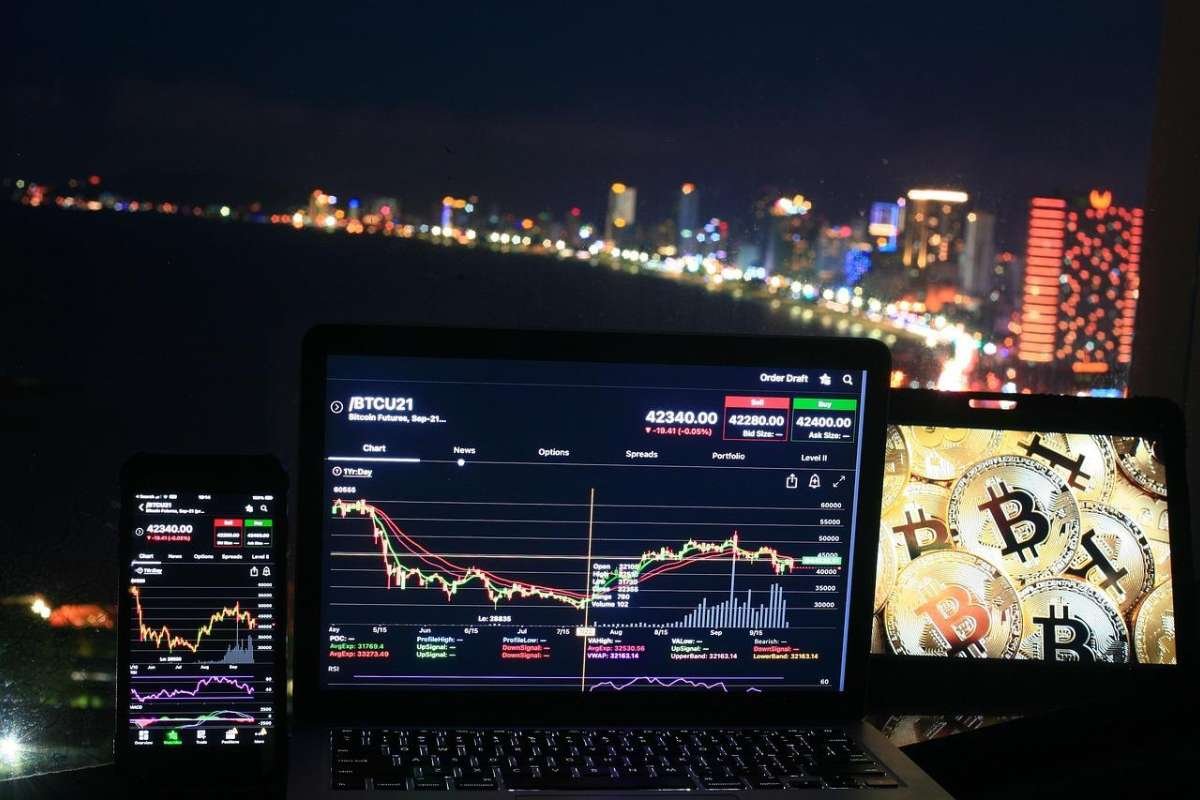Scalping trading has become an essential strategy for high-frequency traders navigating volatile markets. This approach involves executing many trades within short time frames, capitalizing on small price fluctuations. Equally, volatility presents opportunities and risks for scalpers, making market conditions a critical factor in determining profitability. Thus, understanding how business cycles influence market volatility provides traders with valuable insights into optimizing their strategies. Here, successful scalpers continuously refine their techniques to adapt to the shifting nature of financial markets.
Meanwhile, market cycles driven by macroeconomic conditions impact liquidity, price movements and trading volumes; these fluctuations shape the opportunities available to high-frequency traders. In periods of economic expansion, increased investor confidence leads to higher market participation, boosting liquidity and facilitating smoother trade execution. Conversely, during contractions or recessions, risk aversion rises, leading to reduced liquidity and sharper price swings, which can either supplement or disrupt scalping strategies. Ultimately, recognizing these patterns assists traders in positioning themselves strategically in anticipation of market movements.
Volatility and Scalping Trading
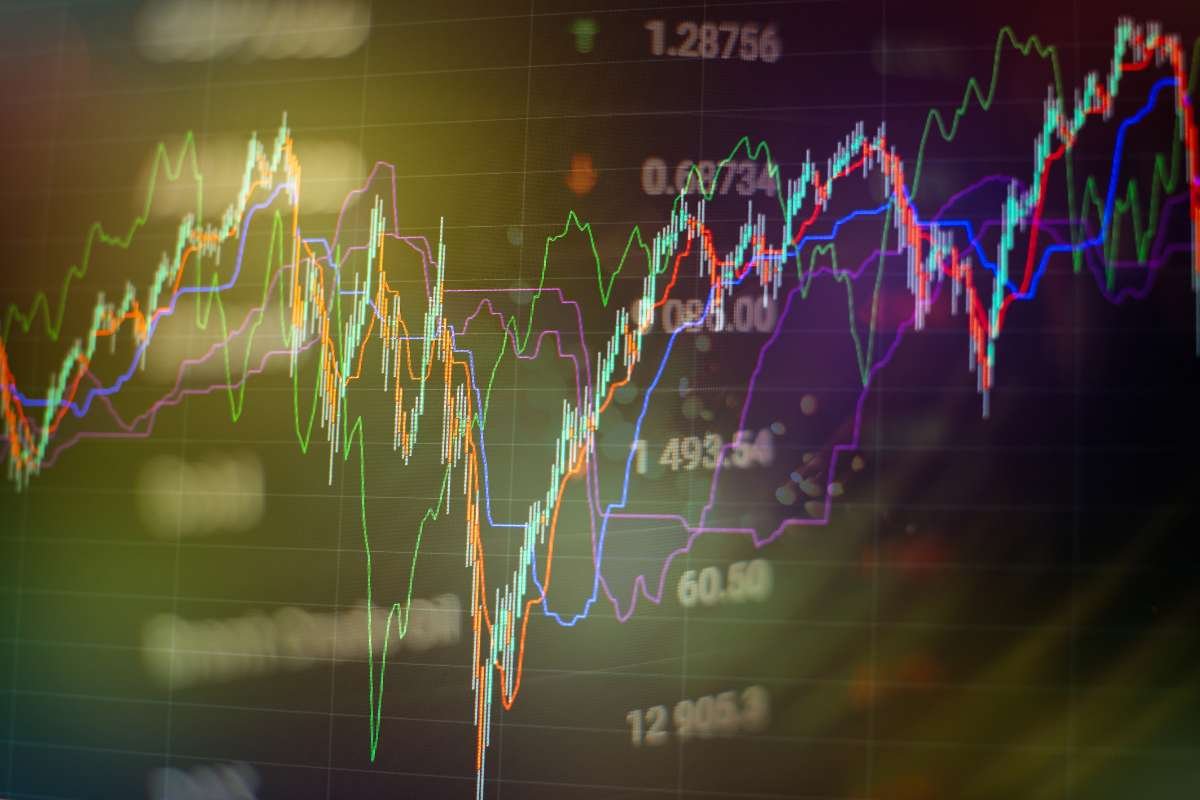
Volatility is foundational for profitable scalping trading techniques: high-frequency traders thrive in conditions where price movements are frequent and significant enough to allow rapid trade execution with minimal spreads. However, excessive volatility can introduce slippage, where the execution price deviates from the expected level, potentially eroding profits. As markets transition through different phases of the business cycle, understanding volatility patterns becomes a rudimentary facet of scalping success. Ergo, traders typically employ statistical models and real-time analytics to gauge volatility trends and refine entry and exit points.
In expansionary periods, rising corporate earnings and consumer confidence drive sustained market growth. Scalpers benefit from increased transaction volumes and tight bid-ask spreads, reducing execution costs. During economic downturns, heightened uncertainty leads to erratic price movements—while these conditions create opportunities for quick profits, they also elevate risks, as spreads widen and order execution becomes less predictable. Thus, monitoring economic reports and geopolitical developments allows traders to adjust their strategies to align with prevailing conditions.
Business Cycles and Liquidity Fluctuations
Liquidity plays a fundamental part in scalping trading, as successful execution relies on the ability to enter and exit positions seamlessly. During economic booms, institutional investors, hedge funds and retail traders actively participate in the market, contributing to deeper liquidity pools. Here, high liquidity minimizes slippage and allows for more efficient trade execution—traders often utilize order book analysis to identify liquidity pockets and fine-tune their execution timing.
Conversely, economic contractions reduce market participation, leading to fragmented liquidity. When fewer market participants engage in trading, bid-ask spreads widen, increasing transaction costs for scalpers. In extreme cases (such as financial crises) liquidity shortages can disrupt even the most well-planned high-frequency trading strategies. Therefore, identifying liquidity trends within the broader business cycle allows traders to adjust position sizes and risk management protocols accordingly. Moreover, understanding institutional order flows can further refine trade execution strategies in lower liquidity conditions.
Economic Indicators and Market Sentiment
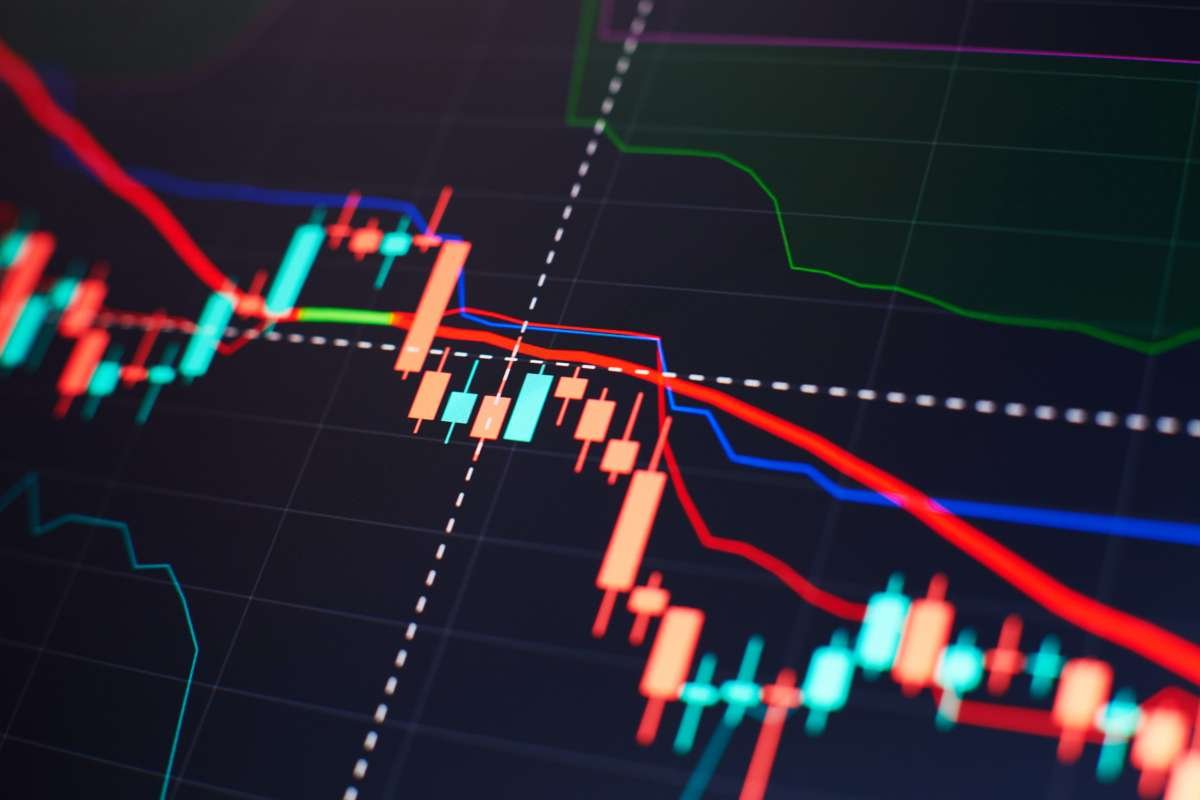
For traders, economic indicators serve as valuable tools for assessing the state of the business cycle and predicting market conditions; metrics such as GDP growth rates, employment figures, inflation levels and consumer sentiment reports provide insights into overall economic health. Scalpers closely monitor these indicators to anticipate potential shifts in volatility and liquidity. In addition, analyzing correlations between economic data releases and asset price reactions allows traders to make more informed decisions.
Equally, interest rate decisions by central banks significantly influence short-term price movements; when central banks adjust interest rates to stimulate or cool down economic activity, market reactions can create short-lived price fluctuations that scalpers exploit. Additionally, earnings reports and sector-specific data influence stock price volatility, shaping conditions for high-frequency trading strategies. Traders remaining informed on upcoming economic releases can better position themselves to capitalize on price swings resulting from data surprises. One such example is a trading calculator by Exness, which helps traders assess potential profits and risks based on market conditions.
The Impact of Algorithmic Trading on Scalping Strategies
Algorithmic trading has transformed scalping by introducing sophisticated execution models that enhance speed and efficiency. Here, machine learning algorithms analyze market conditions in real time, identifying profitable opportunities within milliseconds. As business cycles evolve, algorithmic traders adapt strategies to align with prevailing market conditions. In this context, the incorporation of artificial intelligence further refines decision-making by identifying hidden patterns within large datasets.
During bullish market phases, algorithms focus on momentum-based scalping techniques, taking advantage of sustained price trends. In bearish conditions, mean-reversion strategies gain prominence, capitalizing on price retracements. The ability to adjust algorithmic parameters in response to economic conditions boosts the effectiveness of scalping strategies, particularly in volatile markets. Typically, traders leveraging adaptive algorithms improve execution speed and capitalize on short-term inefficiencies with greater precision.
Managing Risk in Fluctuating Markets
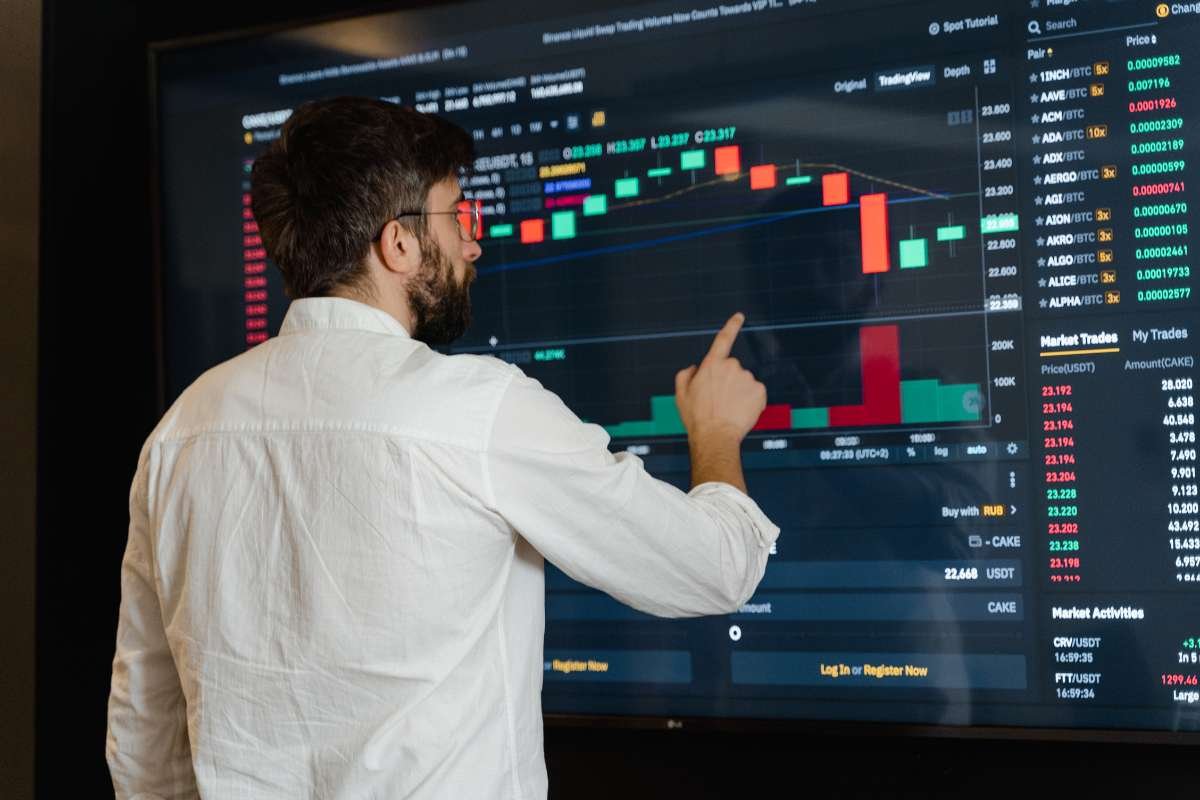
Risk management plays a critical part in scalping trading—particularly during periods of heightened market uncertainty. Stop-loss orders help mitigate losses by automatically closing positions when adverse price movements occur while position sizing strategies help prevent individual trades from exposing traders to excessive risk. Typically, advanced traders incorporate volatility-adjusted stop-loss techniques to better account for sudden market fluctuations.
Meanwhile, market shocks—such as geopolitical events or unexpected policy changes—can trigger extreme volatility, disrupting high-frequency trading models. Diversification across multiple asset classes can provide stability, reducing reliance on a single market’s behavior. Thus, adapting to changing market dynamics through flexible risk management techniques improves long-term profitability for scalpers. Finally, frequent backtesting and scenario analysis further augment risk assessment by preparing traders for unexpected market swings.

